WHAT ARE THE SEDIMENTARY STRUCTURES ?
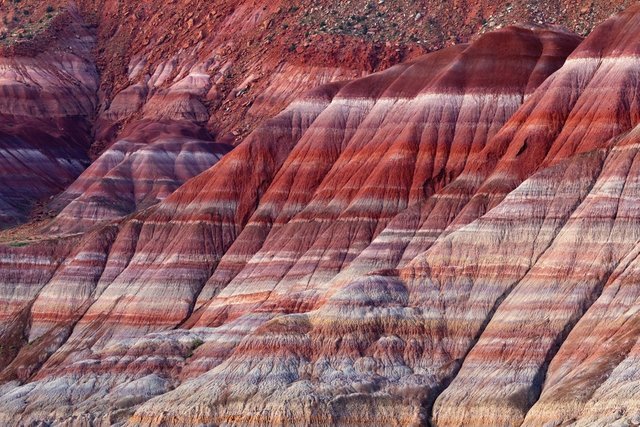
https://espaciociencia.com
It is considered that they are those geometric features or textural or compositional differences that constitute a sediment and are formed through physical and chemical (inorganic) processes before and after sediment deposition.
The sedimentary structures are an important part of the sedimentary rocks since through the knowledge of said structures, we can know the deposit conditions, the flow conditions, also it also allows to know the direction of the paleocorrientes, it can also indicate the position of the roof and from the base of the strata, as well as the behavior of the organisms that are present in these structures, you can also appreciate the physical changes that took place after the deposition of the strata.
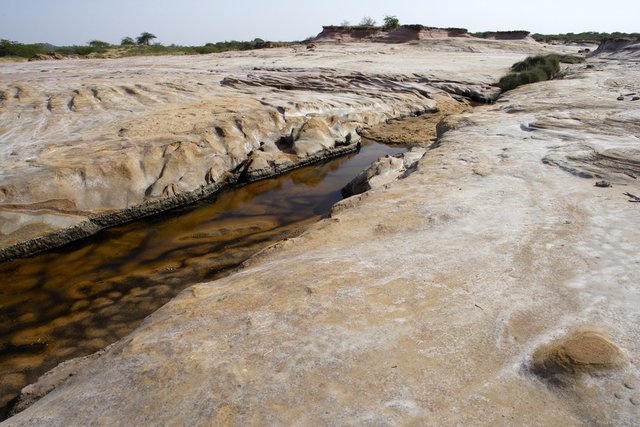
https://espaciociencia.com
What are the Primary Structures ?
Those structures that are formed with sediment deposition are considered primary, in such a way that they are related to the environment that causes their sedimentation.
These are classified as:
Structures of Internal Ordering.
Structures on Stratification Surfaces.
Deformation structures.
Internal Ordering Structures
They are those that occur on the surface and within the sedimentary layers.
Below are some images of the sedimentary structures.
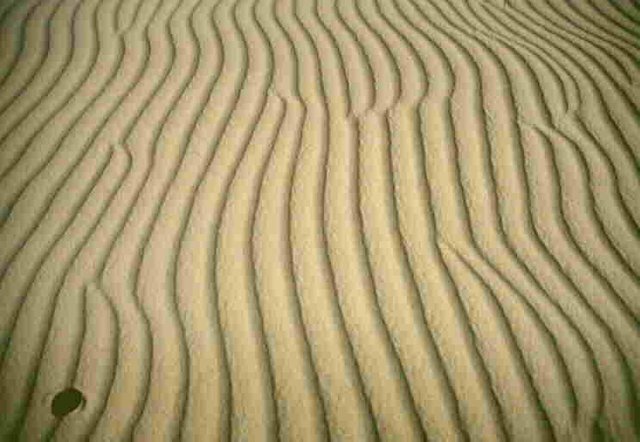
http://www.redes-cepalcala.org
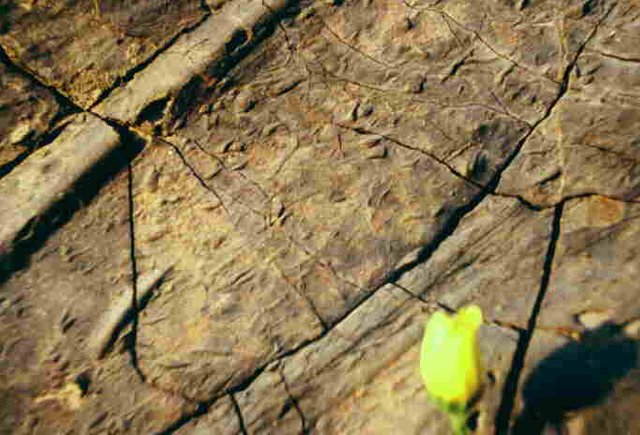
http://www.redes-cepalcala.org
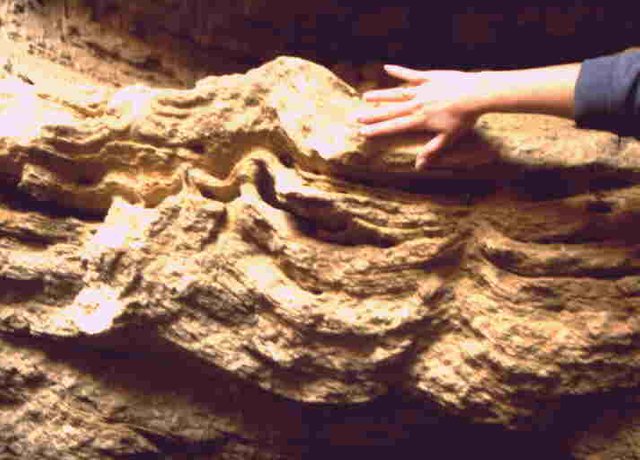
http://www.redes-cepalcala.org
Wind Ripples ?
It is the smallest wind accumulations that constitute the initial response of the arrennial surface transported by the wind, are considered as sedimentary structures of weak flow.
These structures, called Ripples, have a gentle windward slope and an abrupt leeward, in these structures their sand deposits are spaced, around 5 cm up to 2 meters, their average height is from 0.1 cm. Structures are very common on all sand surfaces.
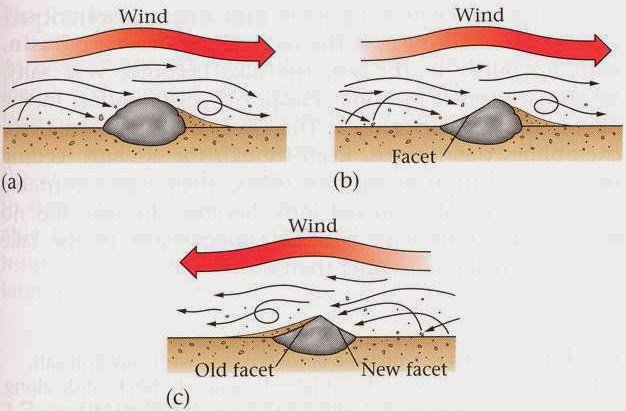
http://gr7abg4agc1.blogspot.com
Internal Structures of the Ripples
It can be said that in the windward part few sheets are developed, however in the part of the direction of the front large amounts of sheets are developed and finally in the lower part of the ripple can develop groups of sheets, called background, which they will always have little scope.
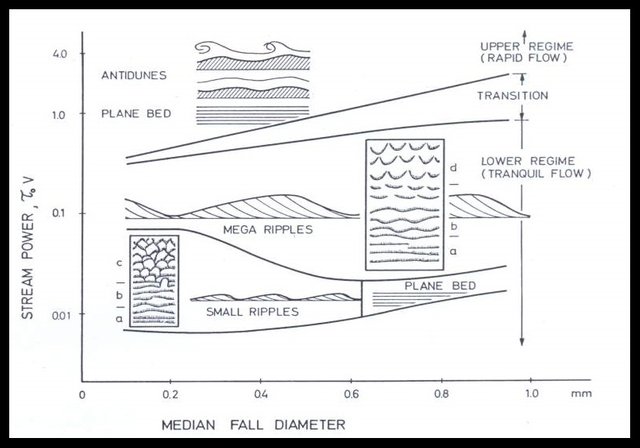
https://www.geocaching.com
Lamination - Lenticular and Flaser Stratification
Before knowing what these structures are, it is important to know the concept of each of them.
Lamination:
It is produced by sediment layers less than 1 cm. Product of the fluctuations of currents or climatic changes or erosion and a rapid burial that protects them from destruction. This also indicates the change in the environment, either oxidant or reducer. These are typical of the lacustrine sedimentation, in another context we can say that the stratification is produced by changes in the sedimentation model, defined by the change of color in the rock, by its mineralogy and also by its grain size.
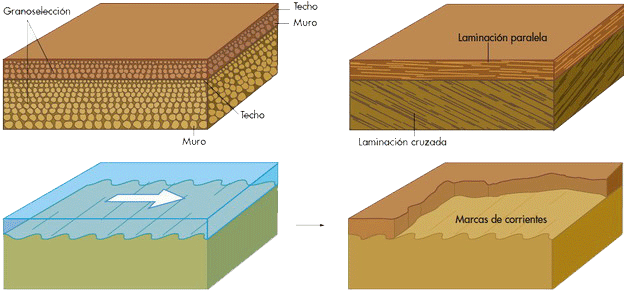
The Limits in Stratification or Lamination
The limits can be angular, regular or traditional, these can be modified by the compaction of soft sediments, even by tectonic movements.
These structures are depositary, are characterized by the existence of a lamination type Ripple in layers of sandstones, in which a small particle of clay is interspersed between the groups of sheets.
Flaser stratification
Mud lenses are considered in a sand matrix, this is due to cyclically variable conditions, both the hydraulic regime and the contribution of these two materials. The type of this stratification occurs or takes place in the sands where there is a ripple type sedimentation and alternating current periods in each sample.
Types of stratification flaser
a) Associated with small ripples of straight ridges
b) Formed from small curls and curved crests.
c) Associated with wave ripples.
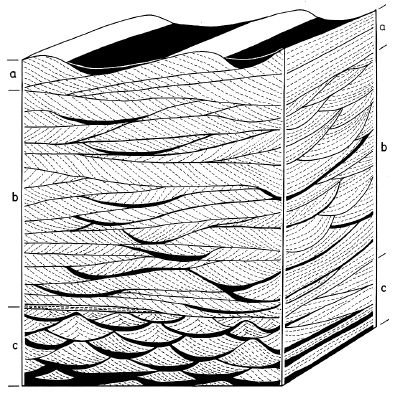
https://www.aiu.edu
Lenticular stratification (lenser or lenser bedding)
In this sense I can indicate that if it is produced on a clay bottom, on a sediment to form a continuous layer, it is said that this allows to form isolated ripples. The crests are built by these sands, this allows them to be formed as well. new structures, in each sediment formed, if the process of sedimetantation is repeated sequentially we can say, that a detritic lenticular stratification occurs.
example of layered layered layers.
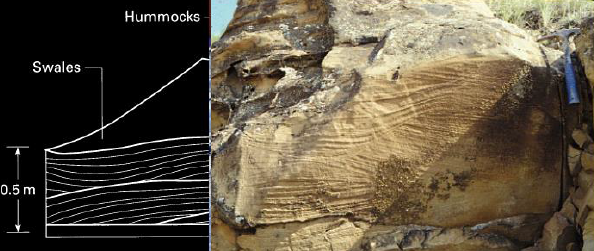
http://sedimentologia4all.blogspot.com
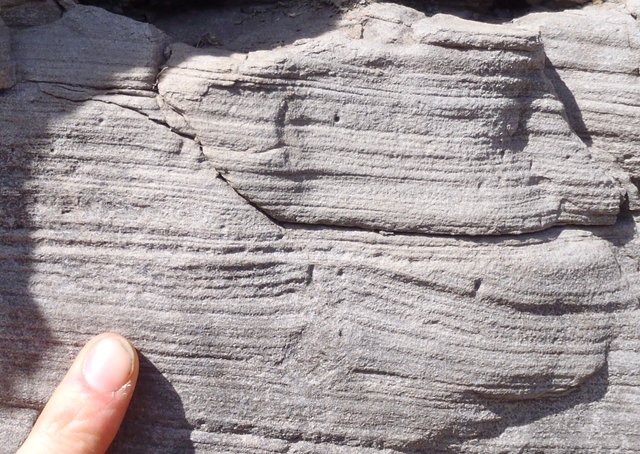
http://sedimentologia4all.blogspot.com
TYPES
TYPES OF RIPPLE
- Current Ripples
- Ripples of Oscillation
DISPOSITION OF THE LENTEJONES
- 2 or more units of Ripples
- Isolated from the clay mass.
4 different modalities of lenticular stratification are originated
- Isolated lentajons with ripple current structures
- Isolated lens with current ripple structures
- Lenses united with oscillating ripple structures
This type of stratification can originate in several sedimentary environments in which there is an area with sediment deficit.
Bibliography :
GENERAL GEOLOGY, GEOLOGICAL FORMATIONS .2010. V. HURTDO. M. RODRIGUEZ.
SEDIMENTARY STRUCTURES, SEDIMENTARY ROCKS .2017. PABLO M. ALEXANDRA R.
SEDIMENTATION IN THE .GEOLOGICAL FORMATIONS.2013.KARLA M. T.BLANCO.
FORMATIONS OF SEDIMENTARY ROCKS, SEDIMENT STRATEGIES.2015.LUIS SACHEZ.JOSE VILLANUEVA.
You received a 10.0% upvote since you are not yet a member of geopolis and wrote in the category of "geology".
To read more about us and what we do, click here.
https://steemit.com/geopolis/@geopolis/geopolis-the-community-for-global-sciences-update-4
Downvoting a post can decrease pending rewards and make it less visible. Common reasons:
Submit